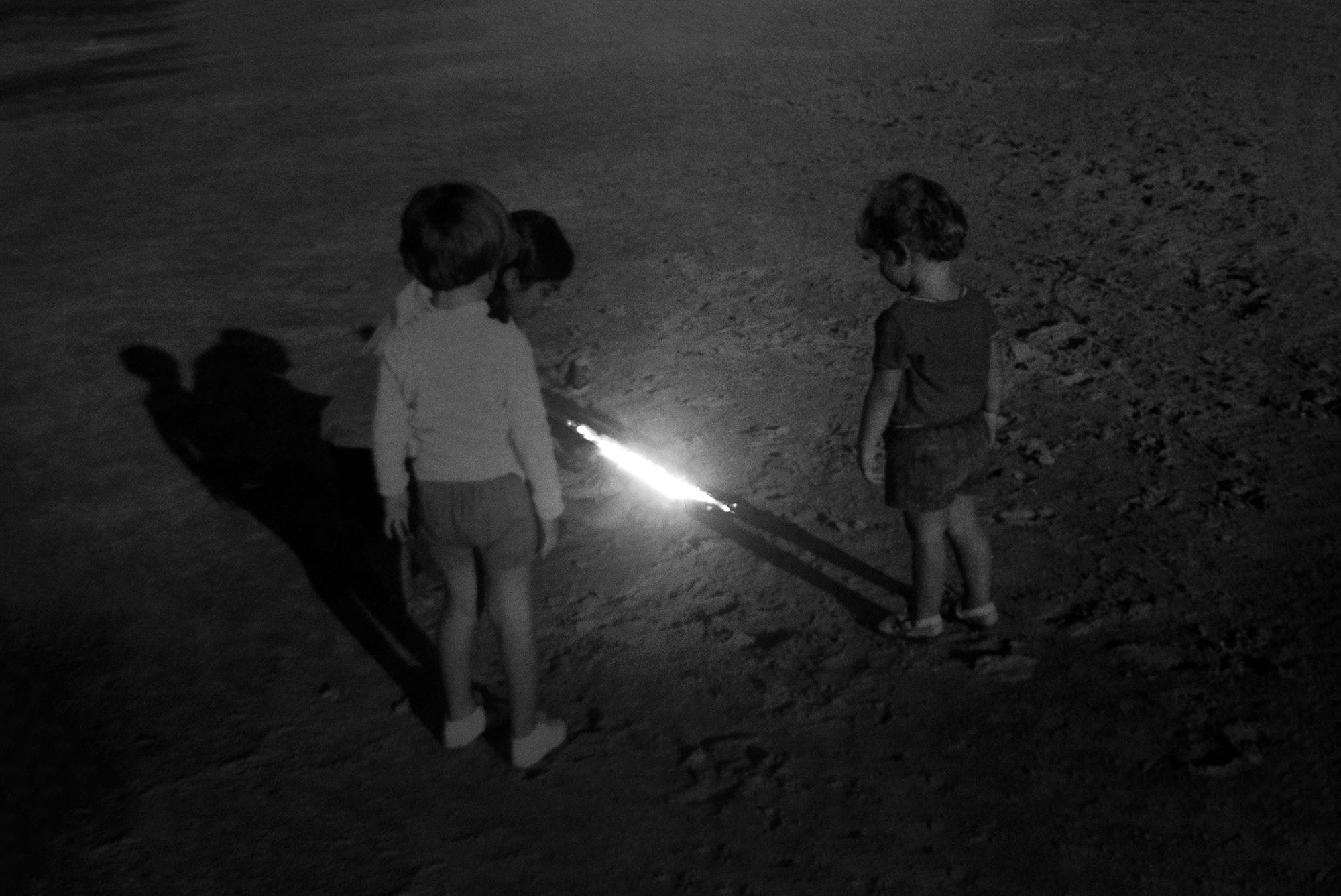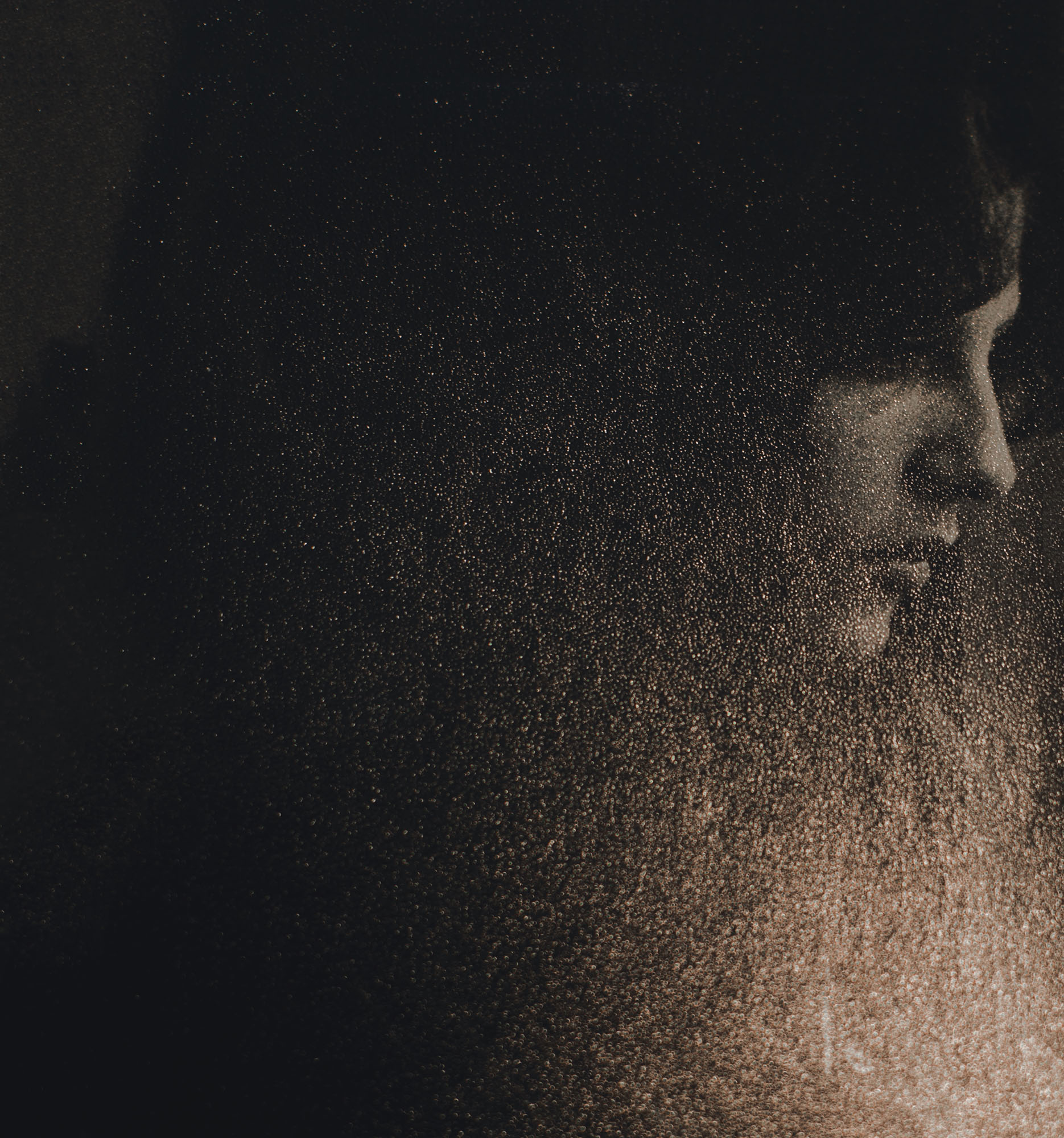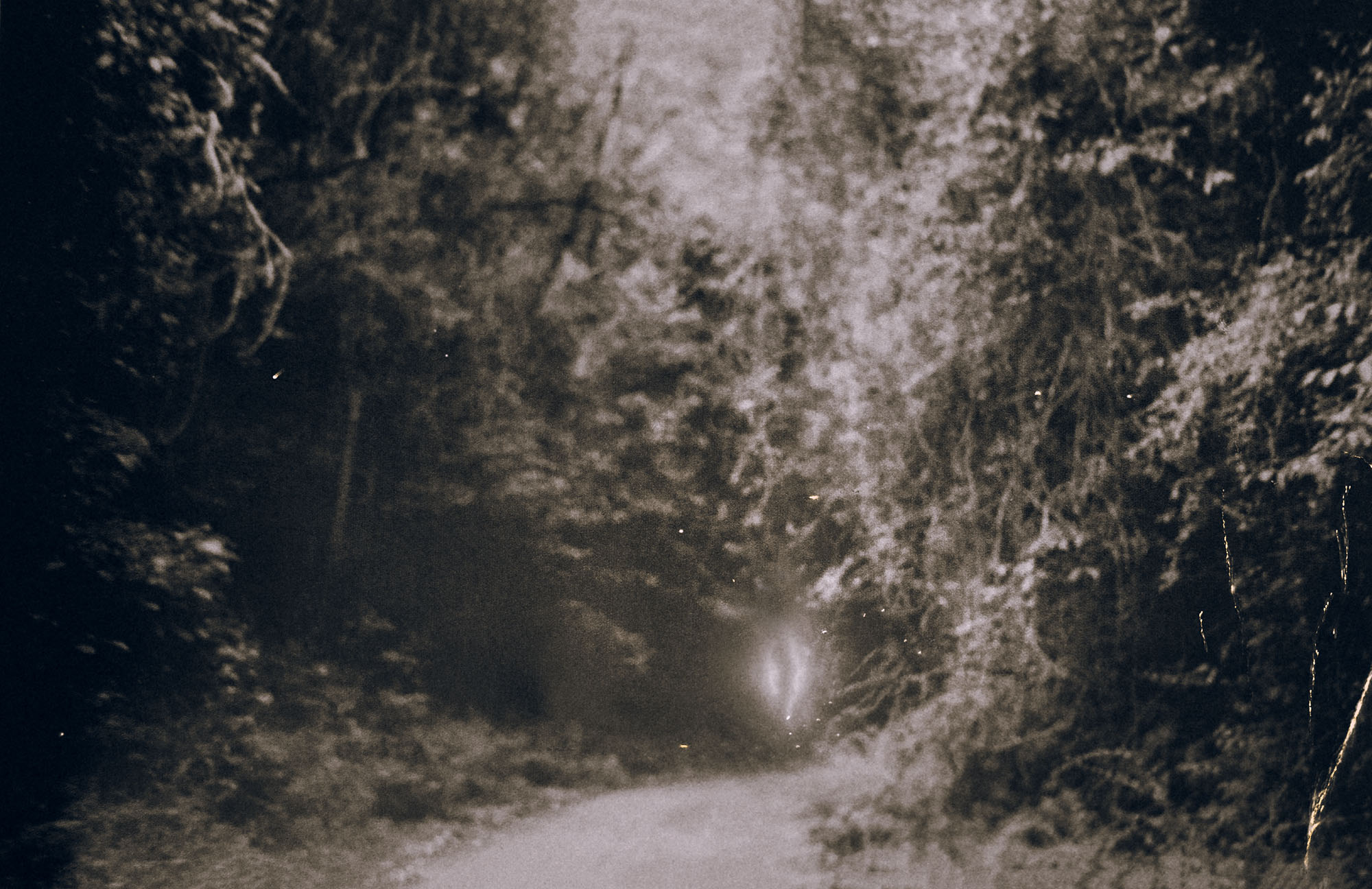IN CONVERSATION WITH:
CAROLINA KRIEGER
CAROLINA KRIEGER
(17.03.22)










In Conversation with Sophie Spence
Sophie Spence: When looking at your series Nostalgia De Clareira I think of the power of nature and how it corresponds with our human histories. How did this project come to form?
SS: Looking at your series, I think so much about light. How light affects the camera, how it changes the physical form of images over time, how it burns and cracks open these images. What was the significance of light in this series?
SS: The series appears to include archival images, can you tell me a bit about your process and how you approach the archive?
SS: What is the significance of the pages and words trickled through the series?
SS: How do you approach the distortion and tearing of images, how has this process informed the project? I’m thinking of this image in particular a striking image of clouds or dust falling over the face of a woman. All under the sky.
SS: There is a darkness to this series - the visual style and the roughness of the images. How do you hope viewers engage with your work?
︎
Carolina lives and works in Balneário Camboriú, SC, Brazil.
To see more work by Carolina Krieger, visit - Website / Instagram
︎
Carolina Krieger: “Nostalgia da Clareira” is a unique project within my artistic production, because it was the first time that I created an essay without a specific theme in mind. The creation process took place in an uninterrupted flow with an intensity I had never experienced before. The images were born very naturally, so I felt I shouldn't interrupt it to rationalize what was driving me. During this process I had a very significant dream. One night I dreamt that I lost absolutely all my belongings, and among all the losses, only one saddened me. To my surprise, the item I missed was a very simple cloth bag. But that cloth bag has a phrase stamped on its front: Accept the Mystery. From this dream I understood that through the process of creating the images, I was looking for a crack-opening that would allow me to enter fragments of the Enigma, in an attempt to understand it, and above all, to accept it. So I felt an artist's relationship with the work as an intimate space. Two living beings - artist and artwork - living together within a unified melody. One-being-in-the-other where a kind of original resonance takes place and thus a silent exchange is established. Insofar as what the artist creates too. Such an exchange is capable of creating a new mode of existence and understanding of the world. I recently had insight into the reason for this incessant search, of my desire to glimpse the flame of the poem. My mother died as a result of covid19 on July 02, 2021, shortly after finishing the essay. I understood that during the entire creation process my unconscious already knew that she was going to leave, because the unconscious is timeless, it is the here and now. I believe that the gesture of creation also has a premonitory force. For it is in the unconscious that we dive into when we are creating. Throughout the entire process of creating the essay “Nostalgia da Clareira” I sought access to the dimension of the invisible of which my mother is now a part.
SS: Looking at your series, I think so much about light. How light affects the camera, how it changes the physical form of images over time, how it burns and cracks open these images. What was the significance of light in this series?
CK: The light in the essay represents a tear-opening in objective reality. It is through this tear-opening conceived by the light that beings are impelled to experience another dimension of reality and, at the same time, of themselves. Light is a call to the origin-house. And entering it inevitably implies also diving into the abyss itself. For the abyss and the song are mutually founders of the Dance: invisible becoming visible, visible becoming invisible, or in terms of quantum physics, particles transforming into matter, mass transforming into energy.
SS: The series appears to include archival images, can you tell me a bit about your process and how you approach the archive?
CK: The archival images in the essay belong to the collection of old photographs I got from my mother and aunt. Some photographs are from the family album and the others were taken by my mother in the 70's and 80's. At the heart of all these images is affection. And it was this genuine feeling that transcends time and space that impelled me to incorporate them into the essay. Such an encounter represents the union between our inner images. The meeting of affections, memories, fleeting moments, fascination with photography, and above all, the amazement that my mother and I shared in the face of existence
SS: What is the significance of the pages and words trickled through the series?
CK: Literature and poetry are essential sources of inspiration for my work. Such readings provide me with wonderful insights into my artistic production. The movement of incorporating them into the essays happened in an increasing and natural way. In previous projects I only used fragments of poems in the conceptual texts or as a single image within the essay. I feel that there is something magical about the collage, it is as if I were just a bridge between two images that until then inhabited the world alone and awaited the moment of encounter. Then came the desire to be a bridge between the word and the image. I researched in old books words and phrases that dialogued conceptually and philosophically with the images. And during the research I discovered in the yellowed pages of the books and in the texture of their aged covers a powerful way to make the junction.
SS: How do you approach the distortion and tearing of images, how has this process informed the project? I’m thinking of this image in particular a striking image of clouds or dust falling over the face of a woman. All under the sky.
CK: The process of tearing up the photographs took place in a curious way, as it took place simultaneously through intuition and through an aesthetic and poetic sense. In the image you mention, I see in this half face and half cloud being an unveiling of the body's transience, the fleetingness of life and its incessant movement. At the same time, in the gaze of this cloud-faced being, there is a calm in the face of the awareness of death. The calm in perceiving in the beckoning that death makes us daily, when we carefully observe the sky, the cycles of nature, or even when we take a long look at our face in front of the mirror, a beauty that is born from the unshakable certainty that there is something essential in us that remains.
SS: There is a darkness to this series - the visual style and the roughness of the images. How do you hope viewers engage with your work?
CK: The Brazilian psychiatrist Nise da Silveira in the documentary “Images of the unconscious” says: “I am curious about the abyss. Although I am aware that the abyss is so deep that I only pass by its edges”. The darkness in the essay represents the unknown, the abyss, the unconscious. The works of Kazimir Malevich “Black Square” and Robert Fludd “¬Utriusque Cosmi” were also important references in the process of creating these images. In “The Black Square”, Malevich opens a door to reach the spiritual dimension. He claimed to have created the painting in a state of mystical trance, under the influence of cosmic consciousness. Robert Fludd in his black square “¬Utriusque Cosmi - Et sic in infinitum” reflects on the universal principle and its manifestations. Such reflections permeate my imagination since childhood, I have always felt a kind of fascination and fear for the unfathomable Mystery. So I propose through darkness a place of abstraction that allows the retreat within oneself: the courageous approach, inevitable and fundamental along the edges of the abyss.
︎
Carolina lives and works in Balneário Camboriú, SC, Brazil.
To see more work by Carolina Krieger, visit - Website / Instagram
︎